Skanska Builds for the Future
The director of sustainability for the company's U.S. development unit sheds light on incorporating energy efficiency into large projects.
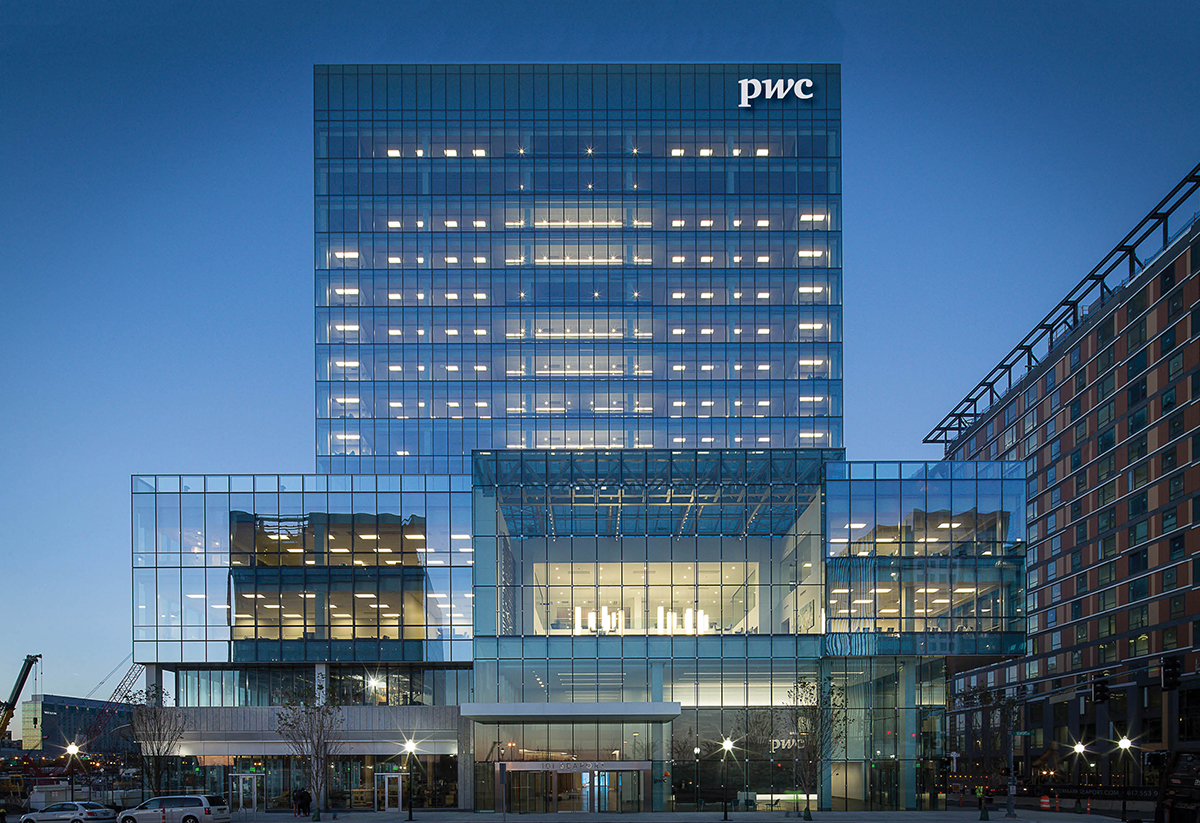
Water consumption at 101 Seaport in Boston is 40 percent lower than in a similar office building. Image courtesy of Skanska
Since Skanska USA Commercial Development launched operations a decade ago, the firm has invested more than $2 billion in projects from Seattle and Houston to Washington, D.C. Its blue-chip credits include the development of headquarters for Fortune 500 companies such as Bank of America and PricewaterhouseCoopers. For all their geographic variety, however, the projects share at least one connecting thread: a commitment to innovative sustainability and energy.
It is telling that Skanska Sweden, the developer’s Stockholm-based construction unit, is committed to being carbon-neutral by 2050. All of Skanska’s commercial buildings aim for a minimum LEED Gold certification. The company’s dual capabilities as developer and construction manager encourage an integrated approach to sustainability in commercial and multifamily development as well as infrastructure.
In a wide-ranging conversation, Sarah King, director of sustainability for Skanska USA Commercial Development, offers an inside view of the firm’s strategy for fostering innovation in energy efficiency.
Sustainability is a Skanska hallmark. Why is the energy sector important for the company, and how did the company start to invest in sustainability?
At Skanska, we believe it is our duty to support and cultivate communities that can thrive for generations socially, economically and environmentally. As a developer, we invest our own capital to design, develop and build offices, multifamily buildings and infrastructure in the most sustainable ways possible, always striving to reduce our impact on the environment. Our buildings are efficient, incur lower operating costs, and deliver better long-term value to investors and occupants.
Would you give us a few examples of energy innovation in recent Skanska projects?
When developing commercial properties, we aim to achieve a minimum LEED Gold certification, and in most cases, we surpass that. At 101 Seaport in Boston, which achieved LEED Platinum certification, we installed a chilled beam system, a cutting-edge system designed to cool the building that was the first of its kind in Boston. Our Stone34 development was the first building in Seattle to meet the requirements of the city’s Deep Green Pilot Program. This building also achieved LEED Platinum certification. And most recently, our Capitol Tower development in Houston, which is one of only four core-and-shell projects nationwide to be pre-certified under LEED v4 Platinum. When Capitol Tower opens in 2019, it will be the most sustainable office tower in Texas, using 25 percent less energy than typical baseline facilities.
How does Skanska implement energy efficiency?
There is no one-size-fits-all approach. As a global development and construction company, we benefit from best practices shared across markets and projects. However, the tools and technologies we use depend on the building type, local climate, unique aspects of the site and the surrounding buildings and infrastructure.
With each new commercial development project, we assemble a unique team of partners to design a building that is highly efficient in the way it operates and delivers space that allows the people who live or work there to thrive. We are constantly learning from our mechanical and electrical engineering experts.
Energy modeling is an important part of the process. Designing for maximum daylight in the interior of our buildings helps reduce the need for overhead and task lighting, while also contributing to increased happiness and productivity of the people in those spaces. Over time, we have found ways to make our LEED approach more strategic. We use the process as an opportunity to think holistically about our developments and explore new approaches to improve the sustainability performance of the building.
What are the most common sustainable features Skanska implements in its projects? Any recent innovations?
Across our markets, we prioritize selecting sites that are in the urban core, walkable and transit-oriented. Once we have the land and a vision for the building, we begin each project with the expectation that it will achieve LEED Gold certification at a minimum. Because sustainability is a core value at Skanska, it is an important element that is deeply integrated into the design and construction process. That means that every Skanska development project selects materials and fixtures that will minimize electricity and water usage. We also design heating and cooling systems that are highly efficient, take advantage of district energy when possible and maximize daylight and fresh air.
One of the new and innovative tools that we will be using at all Skanska projects going forward is the Embodied Carbon Calculator for Construction. As developers continue to make buildings more energy-efficient, this embodied carbon ends up being a larger portion of the overall “lifecycle” carbon associated with a building. We developed this tool with key partners to calculate the embodied carbon in the materials used for construction.
This will make purchasing construction materials more meaningful by reducing the embodied carbon in the building structure without changing the design or materials used, often at little or no impact on cost. Similar to our industry-wide approach to safety, Skanska firmly believes innovations in sustainability should not be proprietary. Instead, they should be shared. So once this is complete, we will share this new tool as an open source app, free to anyone to use.
One of the most innovative sustainable features we have included in our development projects is chilled beam heating and cooling. We installed these systems at our 101 Seaport and 121 Seaport office developments in Boston—a first for the city—which resulted in using 50 percent less energy and 40 percent less water than a typical building in Boston. In Houston, we developed our Capitol Tower project to be the most sustainable building in Texas. It will use highly sustainable district cooling, features a terrace park with locally sourced plantings right within the building, and captures rainwater, which can be used to flush toilets.
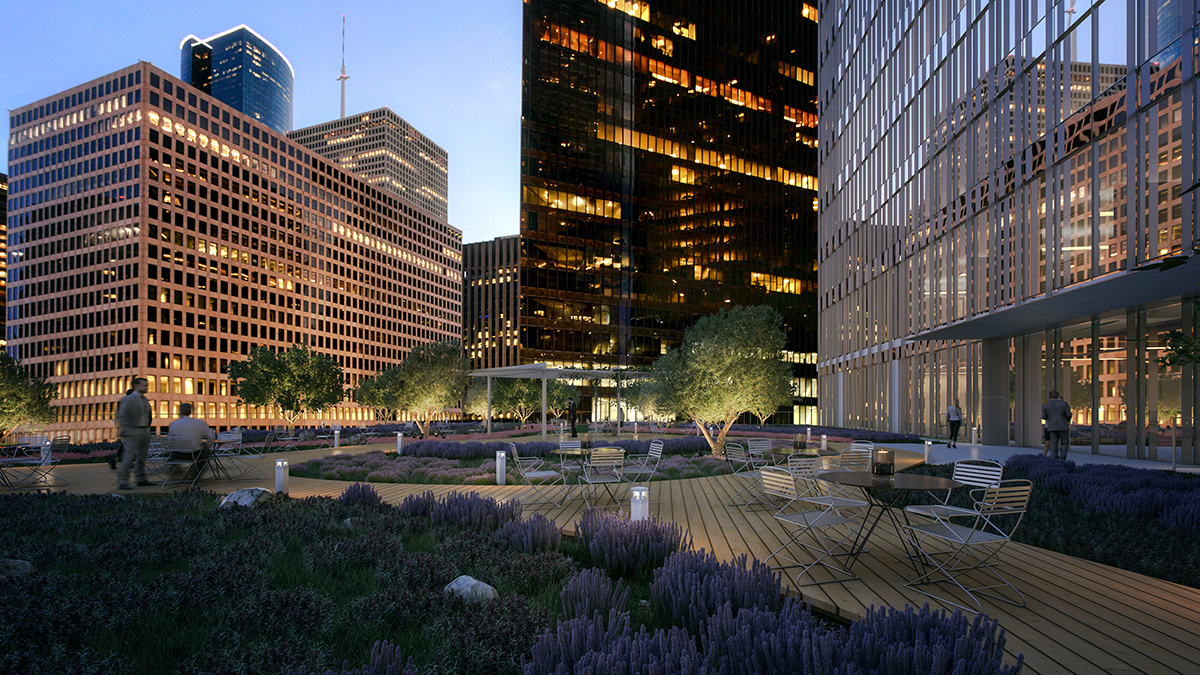
Capitol Tower, one of Skanska’s recent developments in Houston, will include a park for the building’s tenants. Image courtesy of Skanska
What challenges has Skanska encounter in implementing energy solutions, and how has it addressed them?
At Skanska, one of the ways that we’ve been able to innovate is by creating a company culture where taking calculated risks on new technologies or materials is encouraged. With respect to energy solutions in particular, colleagues in Skanska UK, for example, have pioneered work developing Energy Piles®, a new closed-loop geothermal system that is integrated into the building foundation, which can reduce the amount of fuel required for heating and cooling a building by approximately two thirds. Knowledge sharing is also a key part of innovation. We are always working to improve the way we share experiences across geographies so that we can benefit from these initial pilots and explore their applications for future projects.
In 2018, Skanska issued green bonds totaling SEK 1 billion—roughly $112 million—to finance sustainable commercial development projects in the U.S., Sweden and Poland. What are the company’s future goals when it comes to green financing?
Green bonds are just another tool in our belt that displays our commitment to a holistic approach to sustainability. The bulk of our developments, however, are self-financed projects. Providing green bonds is a way to allow investors to share the positive impact in the surrounding communities.
What is the role of renewable energies in real estate, and how will green energy transform the market?
Transitioning from a fossil-based to a low-carbon economy is a massive and global challenge. Real estate developers like Skanska can play an important and positive role in this transition. Historically, we’ve seen approaches that go sector by sector, targeting sector-specific efforts to decarbonize power generation, industry, transportation and buildings. Today we’re seeing a recognition of the need for a more cross-sectoral approach to driving deep reductions in greenhouse gas emissions.
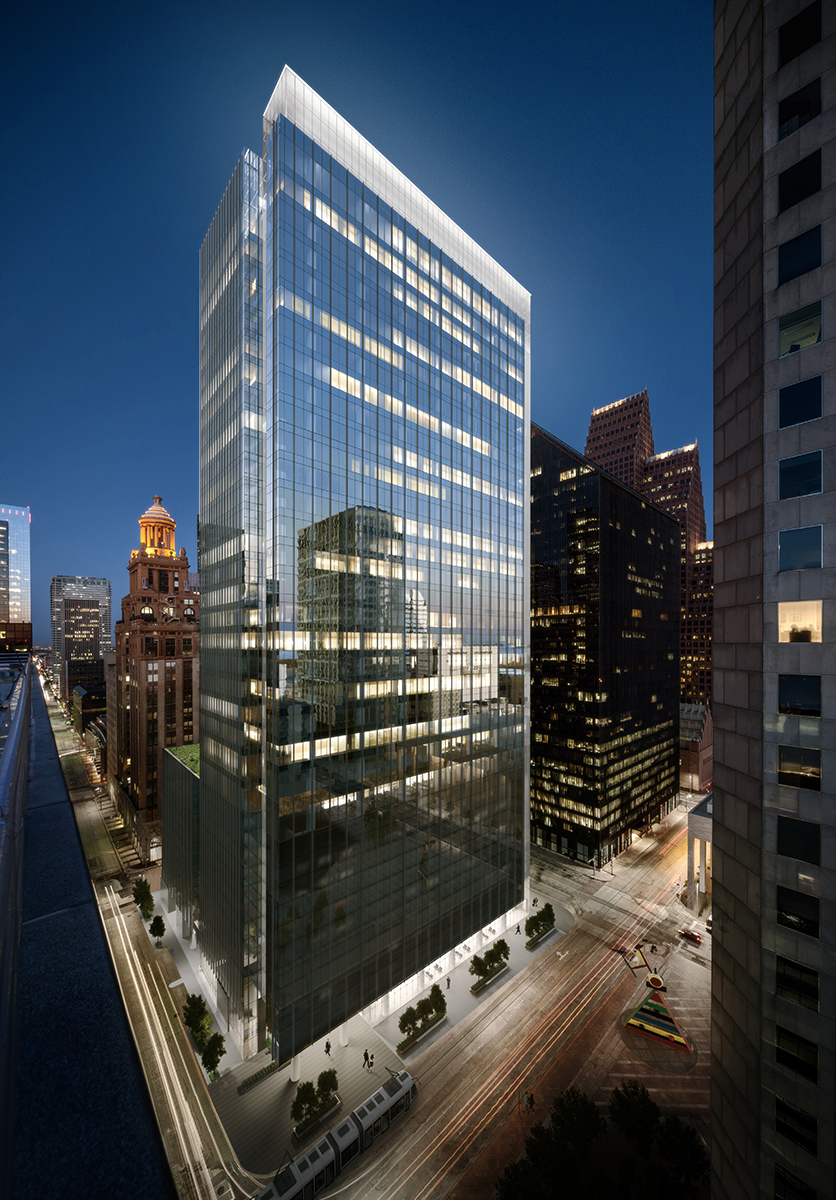
Capitol Tower in Houston is one of the four core-and-shell projects nationwide to be precertified under LEED v4 Platinum.
Nowhere is this integrated approach to driving carbon reduction more important than the built environment, where the diversity of age, type, size and use of buildings—along with the dispersed ownership of buildings within a community—make it extremely challenging to address with any single policy, code or incentive program.
There is enormous and growing public demand for renewable energy, both from households which opt in to green power purchasing opportunities and the large number of companies which have set 100 percent renewable energy targets. The number of building owners taking advantage of opportunities to install on-site renewables on/in/near their buildings continues to increase. But few buildings or sites are capable of accommodating the infrastructure needed to generate 100 percent on-site renewable energy. And the existing electrical grid is challenged by the intermittent nature of large, utility-scale wind and solar, and limitations of energy storage.
So buildings are emerging as a key solution. Skanska and other building owners are beginning to collaborate more with utilities and city governments on how buildings can utilize demand-response, energy storage, district energy and other tools and technologies that will help enable the expansion of renewable energy investments and the efficient distribution and use of renewable energy across the grid.
Tell us about Skanska’s energy and sustainability strategy going forward.
Skanska’s global sustainability focus areas are closely aligned to the United Nations Sustainable Development Goals. These goals guide Skanska’s efforts to make the most significant positive contributions to society.
In the U.S., we will use these guidelines with our commercial development projects to focus on accelerating progress on climate and energy solutions; improving material selection and innovation to continue to minimize environmental impacts; and developing partnerships with a wide range of external stakeholders to accelerate the adoption of sustainable practices, tools and technologies.
Read the CPE-MHN Guide to 2019.
All images courtesy of Skanska

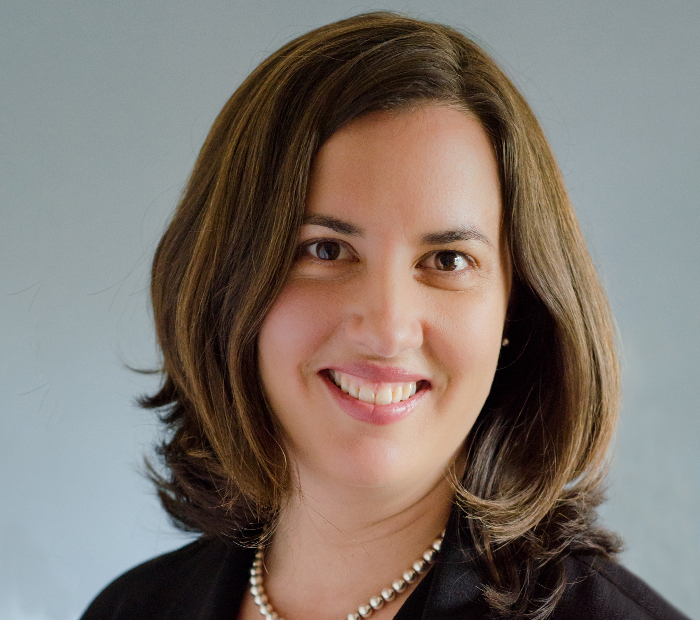
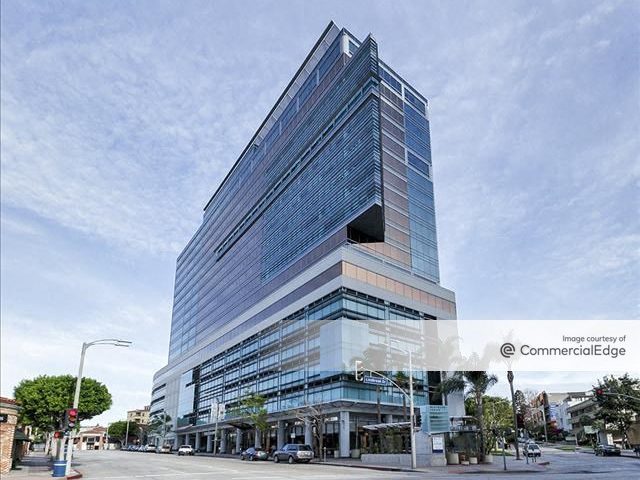
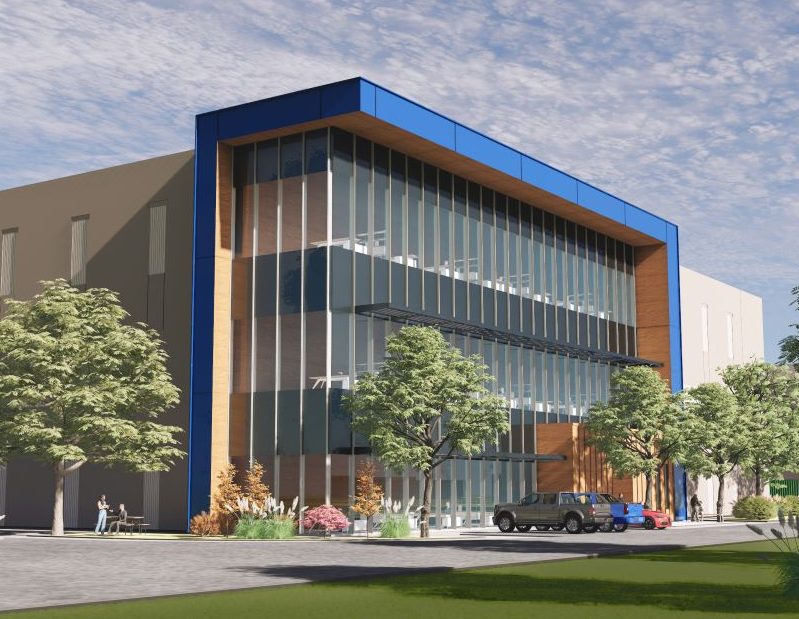
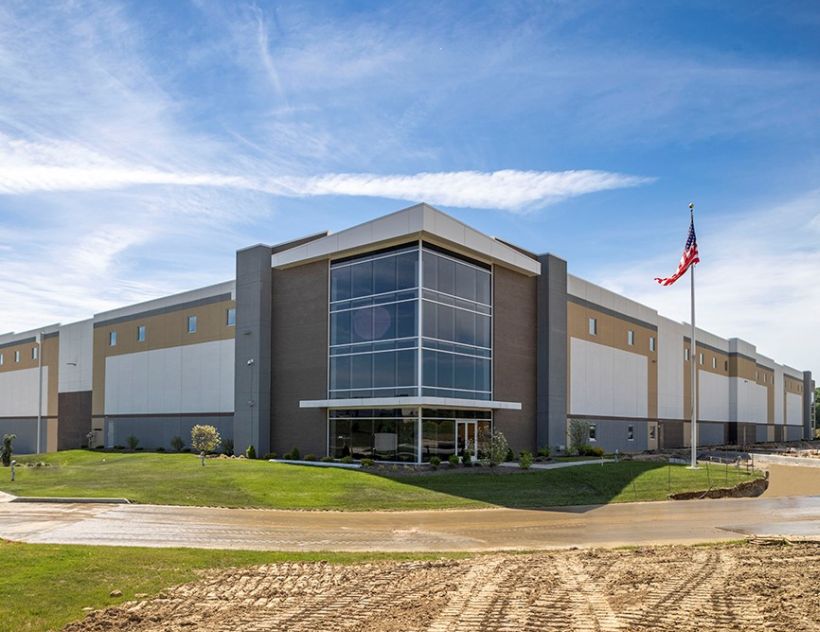
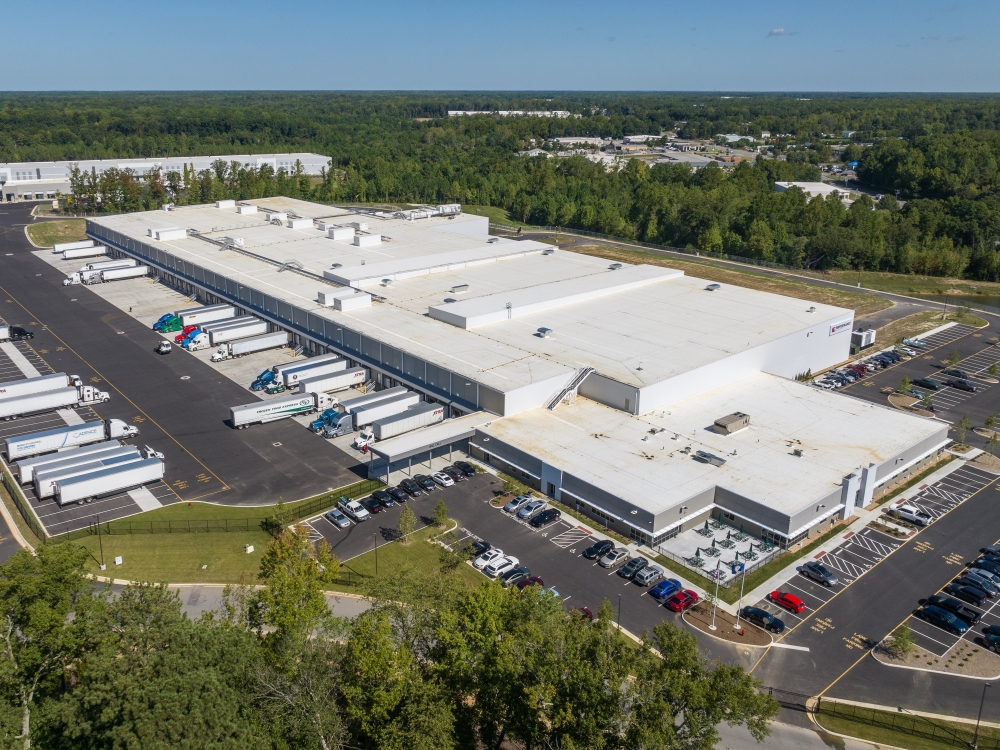

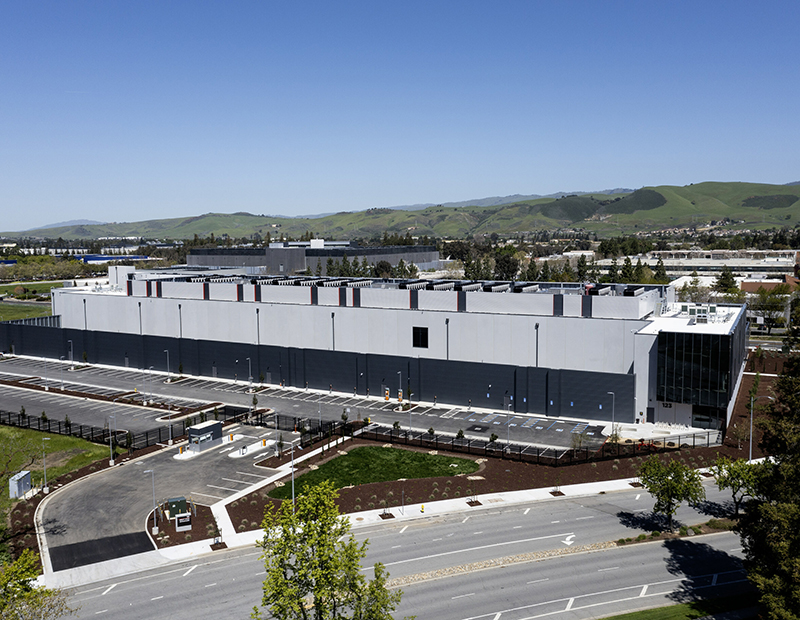
You must be logged in to post a comment.